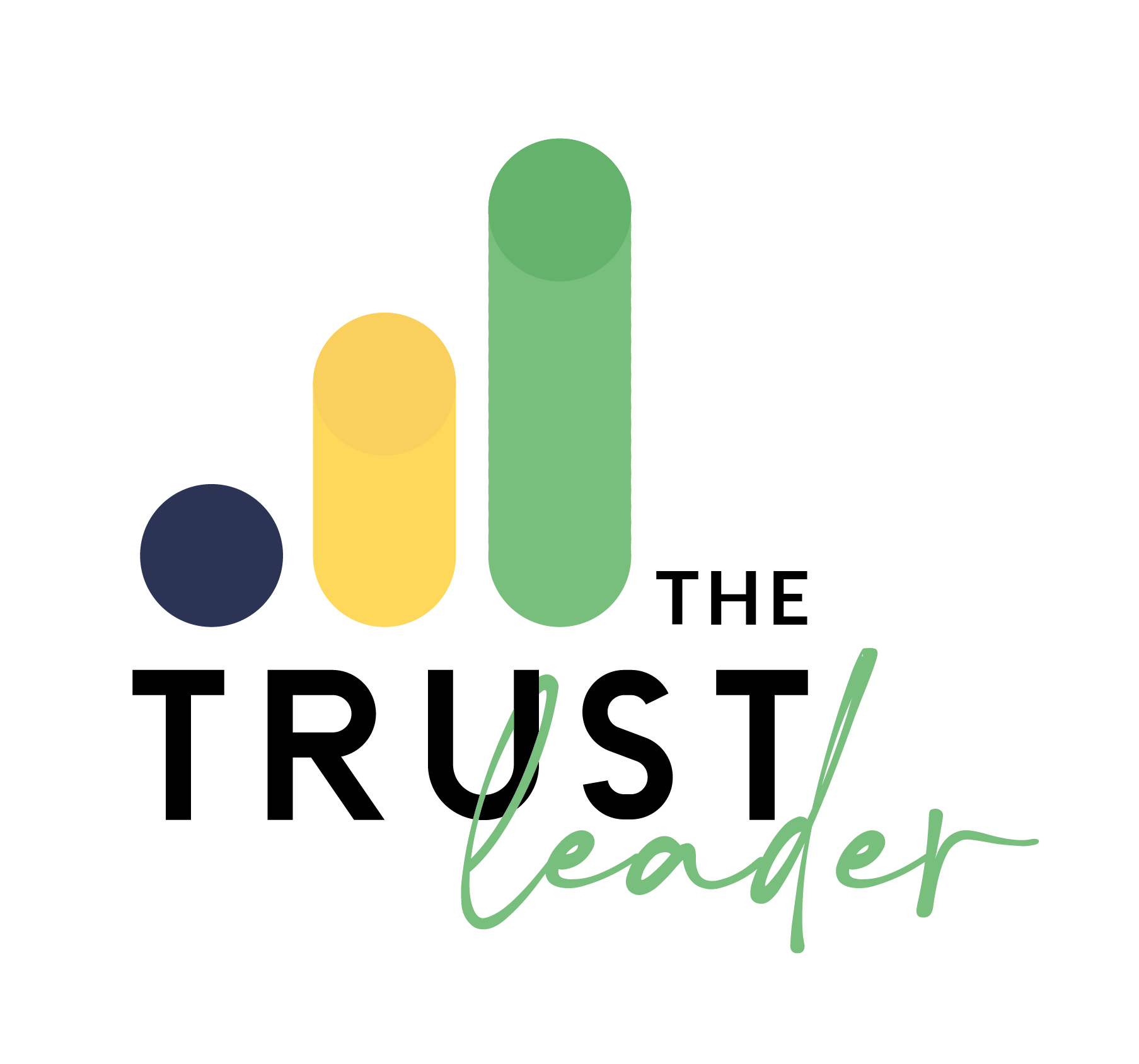The Strategy Pyramid
The 'Strategic Pyramid' is a simple framework to use to align your influence efforts. It help you answer 4 key questions
What do I want to achieve?
What needs to be in place to achieve this?
What actions do I need to take?
What help from others do I need?
Once you have clarity on these questions, you can then work to influence the people you need, to take the action you need them to take. Having this understanding is the basis for you to work with others to make it an easy decision for them to take to help you.
So lets dive into the 'Strategy Pyramid' to see how it can help you
'Start with the end in mind'
Stephen Covey
Setting Your Goal

The first step is to set your goal. What is it in the future that you want to achieve, this can be a promotion, increase in sales, extend into a new market or a career change.
It is important at this stage that you take time to gain clarity on what you want to achieve. What is the impact you want to make, and then ensuring that you can describe it in a way that is measurable.
This gives you an idea of the desired outcomes and timescales they need to be achieved in. It is worth while, checking the achievability of the goal. Ensure that what you set yourself is achievable, even if it is stretching and daunting.
Clarify Priorities
The second step is to understand what needs to be in place for you to achieve your goal. This requires you to be clear about where you are, and clear about where you want to be. This will help you understand and prioritise the tasks that need to be completed. Consider the three key priorities that need to be in place to achieve your goals.
Once you have identified the three key priorities, consider the balance. Are they holistic enough to achieve it, or do they concentrate on one specific area.
As an example - if your goal is to increase profit by 20%, you may have selected the key priorities as
Increase sales by 10%
Reduce costs by 10%
Increase prices by 10%
These priorities are mainly financial, and could create too much focus on the financials. It may be better to take a more holistic approach, with perhaps broader priorities. Such as
Increase productivity by 20%
provide 5% of sales from new products
Increase sales by 20%
These are more holistic in approach. They provide for a more balanced approach to achieving the goal, incorporating a broader focus than just financial.
Another example, could be that you want to be promoted to the HR VP role within 12 months. Your priorities may include
Achieve required qualifications within 6 months
Gain VP experience within 6 months
Develop business planning skills
These examples provide a holistic approach, and provide clear direction for you to start thinking about things that need to be done. And ultimately who may need to help you achieve this.
Actions

Now it is time to think about actions, what specific actions need to be taken to get your from where you are to achieve your priorities.
A great question to help in this process is
'What needs to be true for .... to be achieved?'
This creates space for you to identify any key deliverables or actions that need to be in place to achieve your priorities.
Following this process enables you to now drill down into specific micro action that is aligned to your goals. Your efforts are therefore clearly linked to what you want to achieve.
For the sales goal and the identified priorities the actions could be
Create an innovation process
Implement quality management processes
Implement customer relationship management
Increase marketing in new market
Review processes
Review and introduce new reward and recognition
Create employee council
All of these are clear actions that are aligned to the identified priorities and linked to the overall goal.
As you can see, taking the time to think through these steps provides you with a clear focus and actions that are necessary to achieve your goal. Now is the time to start thinking about who can help you achieve these things. This takes us onto the next stage of the process...
Who?
Conclusion

sing influence strategically is a key skill for anyone wanting to make an impact. By taking the time to think through your goals, priorities and actions you can ensure that your efforts are focused in the right areas. And by thinking about who can help you, and what they need to do, you have a much better chance of achieving your goals.
This provides a clear pathway of actions, stakeholders and activities that need to be completed to achieve your goal.
This framework can be adapted to be used on organisational wide change, personal career planning, and small business planning.
This framework can be adapted to be used on organisational wide change, personal career planning, and small business planning.

